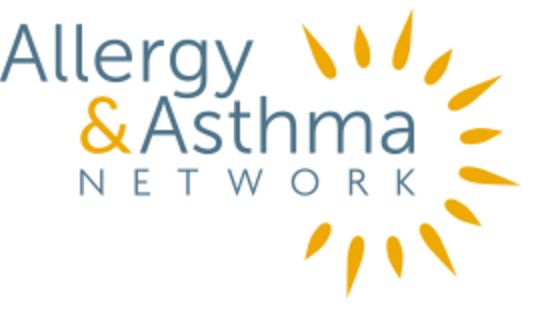Wheat is one of the most challenging of the top eight food allergens to manage because it’s found in so many products. Approximately 75 percent of all grain products in the U.S. are made from wheat flour, according to the National Wheat Growers Association.
Large-scale studies of wheat allergy in the U.S. have not been conducted, but it’s estimated that approximately 0.4 percent of children and 0.5 percent of adults are allergic to wheat.
Wheat allergy is typically outgrown by adulthood – approximately 65 percent of children with wheat allergy will outgrow it by the time they are 12.
Families managing wheat allergy often find wheat is contained in a myriad of foods – cereals, pastas, crackers, and even some hot dogs, sauces, and ice cream. Wheat is also found in nonfood items such as play-dough, and cosmetic and bath products. As with any food allergy, ingredient label reading is a must. Options for wheat-free grocery shopping include foods made from other grains such as corn, rice, quinoa, oats, rye and barley.
One of the challenging aspects of managing wheat allergy is baking. While there’s no simple substitution for wheat as an ingredient, baked goods such as breads, muffins, and cakes may be successfully made using a combination of nonwheat flours, such as those made from rice, corn, sorghum, soy, tapioca or potato starch.
Celiac Disease and Gluten Intolerance
Wheat allergy is different from celiac disease (also known as celiac sprue) or gluten intolerance. Individuals with celiac disease or gluten intolerance are sensitive to gluten, a protein found in cereal grains such as wheat, rye, barley and oats. People allergic to wheat must only avoid wheat protein while those with celiac disease must avoid all the above grains.
A reaction to gluten includes symptoms such as:
- Abdominal pain
- Constipation
- Diarrhea
- Weight loss
- Occasionally a very distinct skin rash
Frequently Asked Questions
What grains are good for someone allergic to wheat?
Individuals with wheat allergy can generally tolerate grains such as aramanth, barley, buckwheat, corn, oats, millet, rice, rye, sorghum and quinoa. Your allergist can provide you with guidance on which grains are safe for you.
Are gluten-free products safe for those with a wheat allergy?
A gluten-free product may be safe for those who are allergic to wheat because the product should not contain wheat ingredients. However, because a product marketed as “gluten-free” must be free of rye and barley in addition to wheat, those who must avoid only wheat may be limiting themselves. More importantly, people managing food allergies should never rely on a “free-from” label as a substitute for thoroughly reading a complete ingredient label.
Republished with permission from the American College of Allergy, Asthma & Immunology:
© 2021 Allergy and Asthma Network

Last updated : 7/7/2020